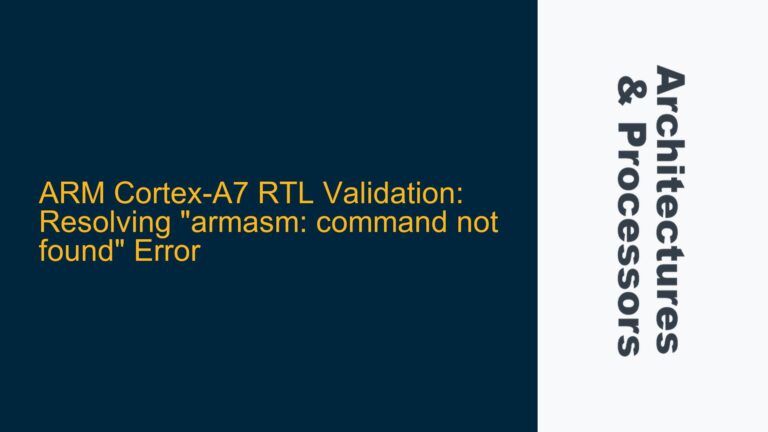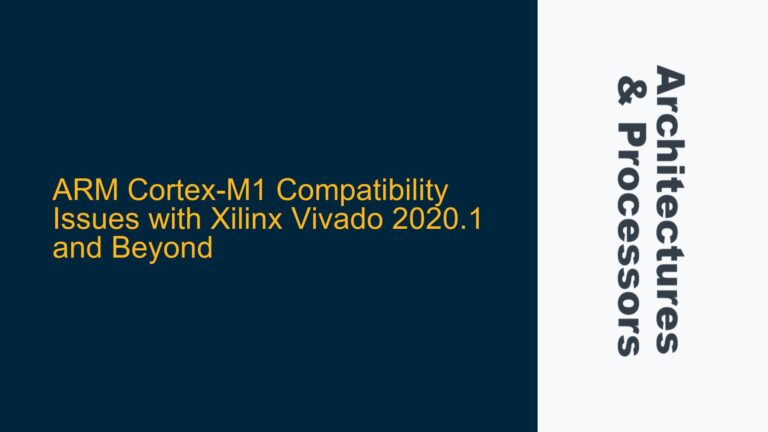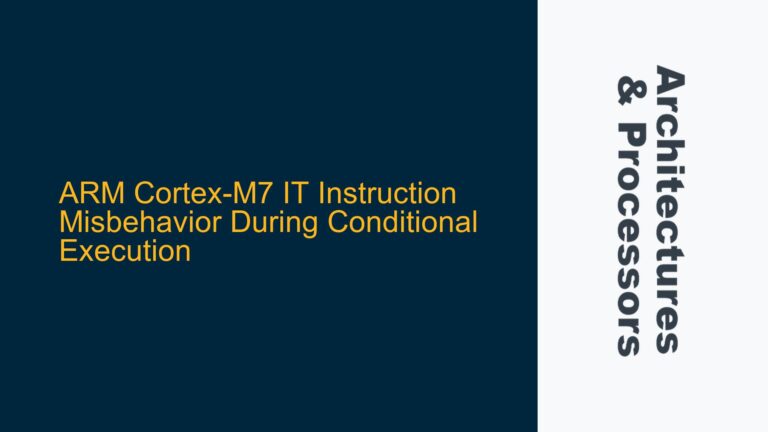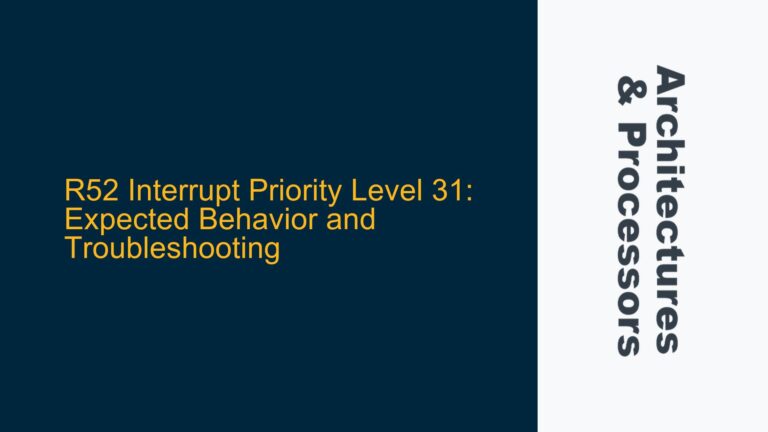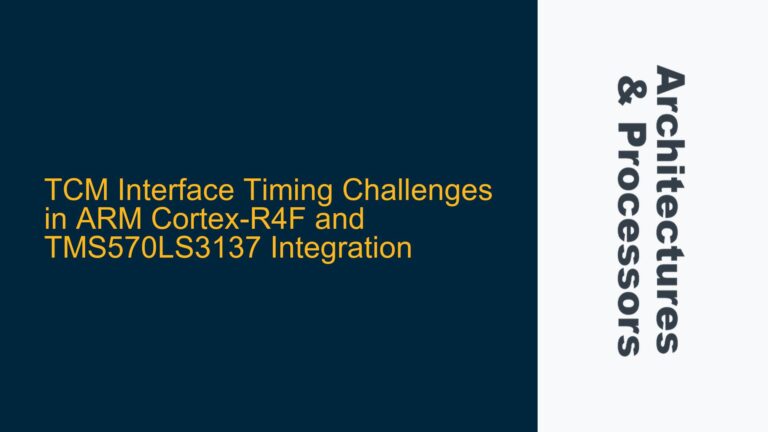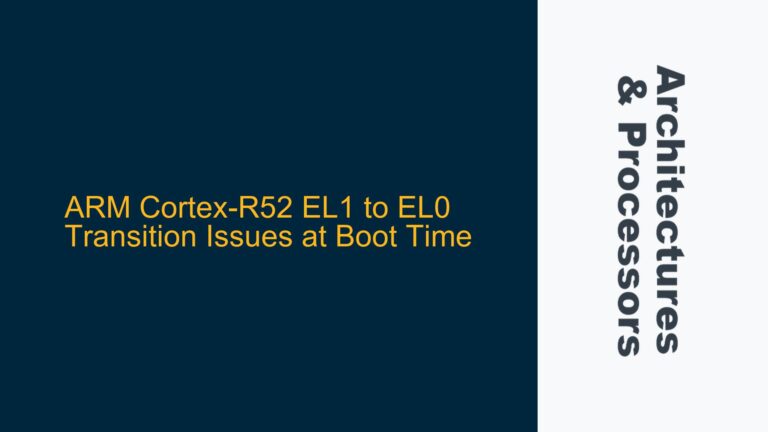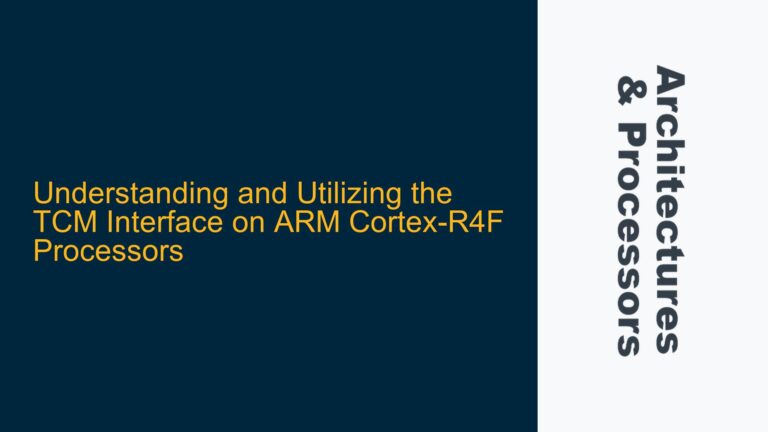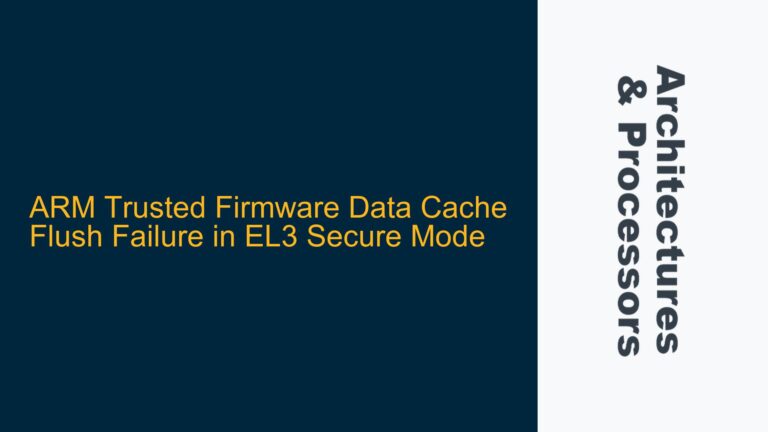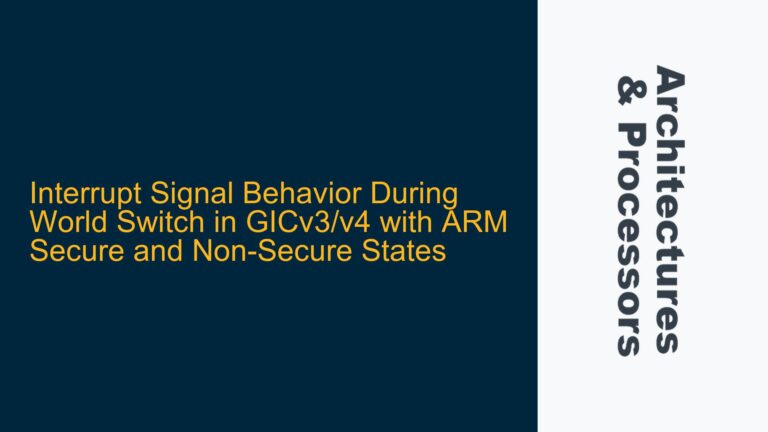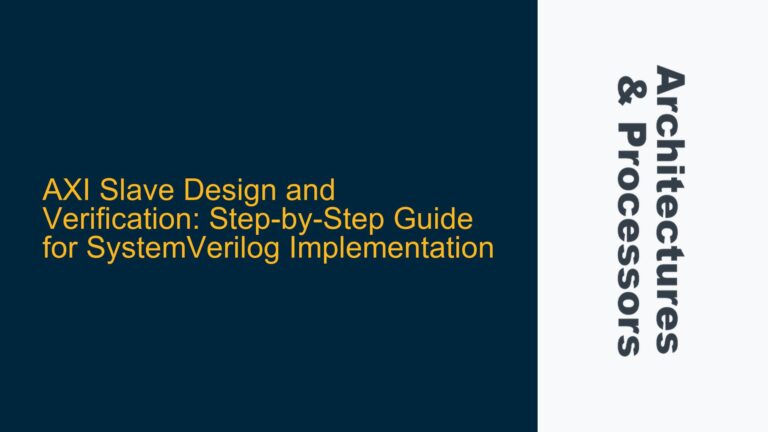ARM Cortex-A7 RTL Validation: Resolving “armasm: command not found” Error
ARM Cortex-A7 RTL Validation and the Missing ARM Assembler Toolchain When working with ARM Cortex-A7 processors, particularly during RTL (Register Transfer Level) validation, the toolchain setup is critical for ensuring that the hardware design behaves as expected. One of the key tools in this process is the ARM assembler, commonly referred to as armasm. This…
